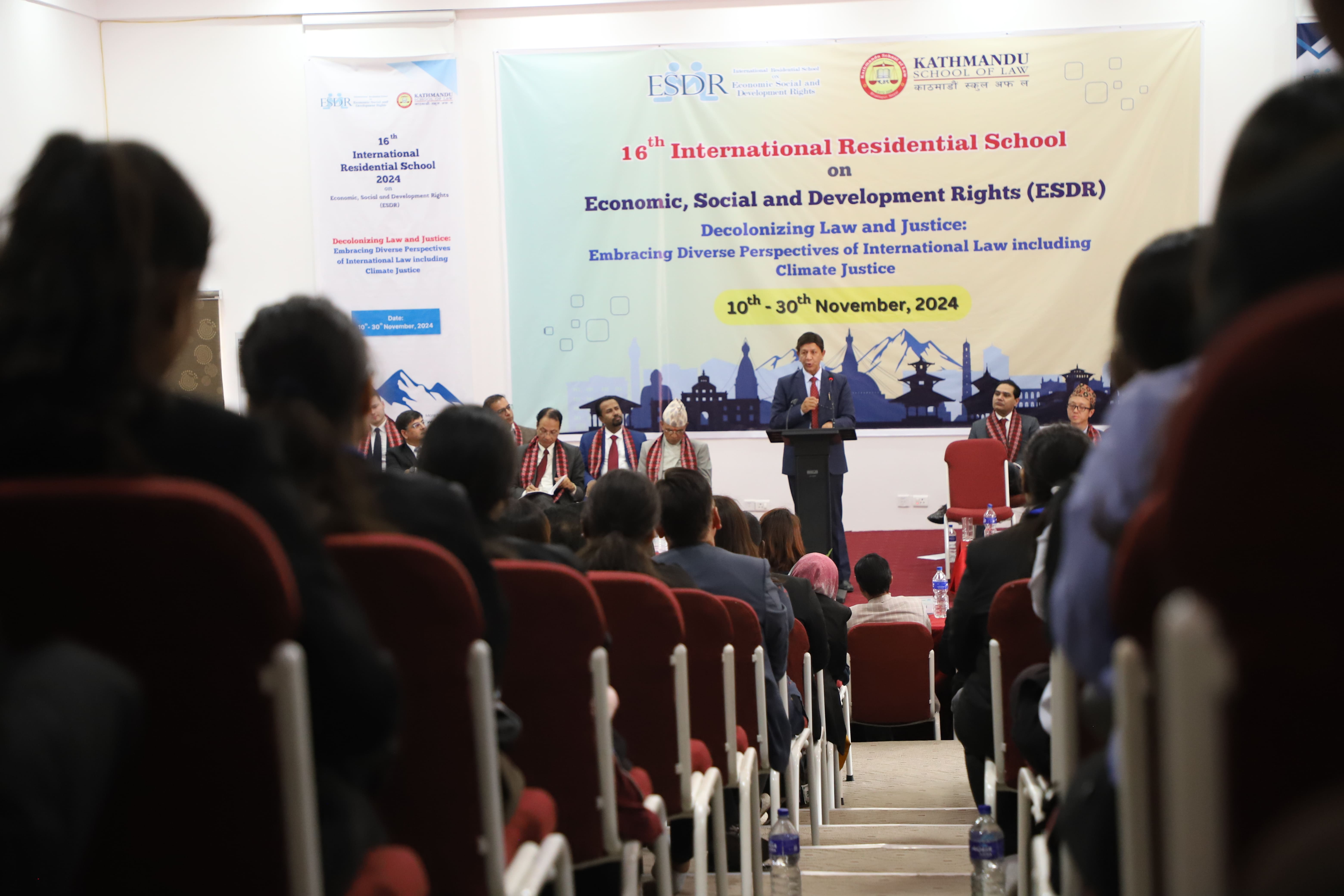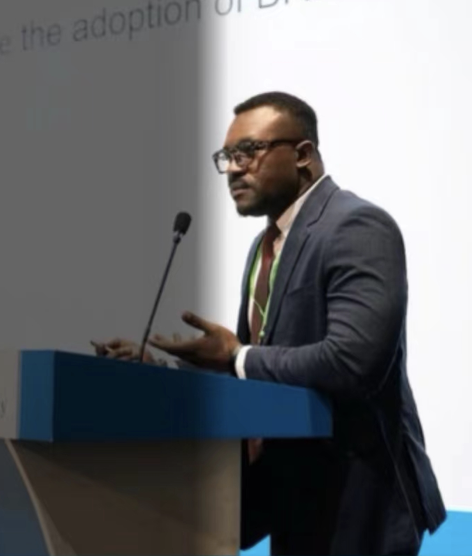



Mr. Junior Mukenze N. hold a lecture about his research at the Centre for International Interaction and Cooperation regarding the topic "International Conference on Waste Management in the XXI Century: Global Innovations"
on (October 31, 2024):
Waste management in the Democratic Republic of Congo (DRC) poses critical environmental and health challenges, particularly in densely populated urban centers like Kinshasa. With a population exceeding 17 million, Kinshasa generates substantial waste daily, yet only around 25% of this waste is collected and processed effectively. The remaining waste is often disposed of improperly, resulting in significant ecological damage and public health risks. This paper examines the current state of waste management in the DRC, highlights the initiatives like the Kintoko plant, and explores innovative technological solutions such as Microwave Plasma Technology, with particular emphasis on its potential impact on waste recovery.
Current Waste Management Practices in Kinshasa\
Kinshasa faces severe limitations in waste collection and disposal, as its waste management system has been described as “largely underdeveloped, with only sporadic efforts in recycling and recovery” (N’Landu et al., 2023). The Kintoko plant, a notable example of local innovation, recycles plastic waste and reduces dependency on imports. However, this initiative is a lone effort in a sea of challenges. According to a recent report, “only a fraction of the urban waste is actually recycled, with the majority either left in open spaces or burned” (Mpoyi & Kitompa, 2022). The need for systematic waste treatment is thus both urgent and critical for sustainable urban living in Kinshasa.
Microwave Plasma Technology as a Solution
To address the DRC’s waste crisis, new technologies, particularly Microwave Plasma Technology, present promising alternatives. Microwave Plasma Torch Assisted Gasification is an advanced method that decomposes various waste types, including plastic, medical, and electronic waste, at extremely high temperatures. This process converts waste into valuable by-products such as syngas and carbon black, which can be repurposed for energy and material production (Cheng et al., 2020). "Microwave plasma gasification provides an efficient and sustainable solution for waste conversion, offering cleaner energy sources for regions heavily reliant on fossil fuels" (Johnson & Lee, 2021).
The application of this technology in Kinshasa could benefit multiple sectors. Syngas, a product of the process, can serve as an alternative energy source for industries, while carbon black has various industrial applications. The effective use of these by-products can help mitigate dependency on imported energy resources and reduce overall environmental impact.
Potential for Industrial Integration and Energy Partnerships
The industrial sector in Kinshasa could significantly benefit from integrating waste recovery technologies. Establishing partnerships through Power Purchase Agreements (PPAs) would not only support cleaner energy production but also create a framework that attracts investment and sustains technological adoption. According to Kabila et al. (2024), "PPAs are an essential mechanism for resource-poor regions to leverage external investment for sustainable energy solutions." For instance, private investors can partner with the government to develop microwave plasma facilities and, in turn, receive syngas or other by-products at a reduced rate.
Government and Policy Implications
To successfully implement Microwave Plasma Technology, the DRC government must establish policies that support investment in sustainable waste management practices. Public-private partnerships, facilitated by a clear legal framework, are essential for the long-term sustainability of waste recovery initiatives. “Strong governmental support and effective policies are key to overcoming logistical and financial barriers in developing nations” (Ambo & Rwagumbu, 2023). By prioritizing waste recovery, Kinshasa can shift towards a more circular economy, creating jobs and fostering a cleaner urban environment.
Conclusion
Waste management in the DRC, particularly in Kinshasa, remains a significant challenge. However, innovative technologies such as Microwave Plasma Gasification offer a viable path forward, transforming waste into valuable by-products and supporting cleaner energy production. Through the strategic adoption of advanced waste recovery methods and investment in sustainable infrastructure, the DRC can address its waste management crisis effectively and foster sustainable urban development.
References
- Ambo, J., & Rwagumbu, P. (2023). Policy frameworks for sustainable development in Sub-Saharan Africa. Environmental Policy Journal, 12(3), 45-58.
- Cheng, Y., Wang, L., & Xu, F. (2020). Microwave Plasma Gasification: Prospects for sustainable waste treatment. Journal of Clean Energy Research, 29(2), 101-115.
- Johnson, T., & Lee, H. (2021). Advancements in waste-to-energy technologies for emerging economies*. Global Energy Solutions, 8(4), 88-97.
- Kabila, M., Lukambo, T., & Mbala, C. (2024). Power Purchase Agreements as pathways for sustainable development in the DR. Journal of African Development Studies, 15(1), 112-129.
- Mpoyi, S., & Kitompa, G. (2022). Waste management practices in Kinshasa: Current challenges and future prospects. Journal of Environmental and Urban Studies, 13(1), 34-47.
- N’Landu, K., Mutombo, J., & Eboma, L. (2023). Urban waste and recycling dynamics in the Democratic Republic of Congo. African Journal of Waste Management, 18(2), 76-90.
adjustments are needed.
扫码关注